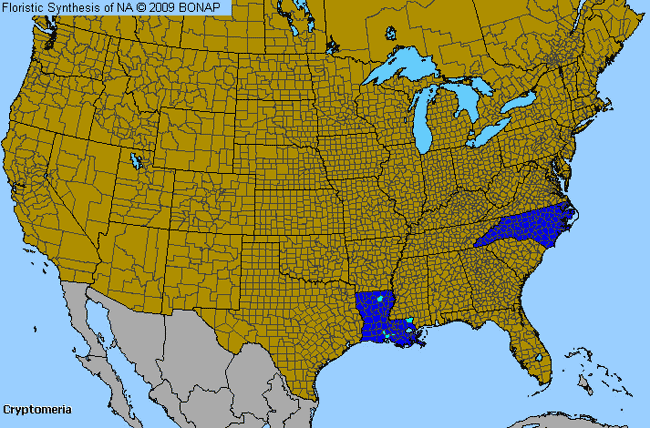Japanese-Cedar (Cryptomeria)

Japanese-Cedar Genus Details

This member of the cypress family is an attractive evergreen, with needles of green in the summer, and brown (even described as blue tint by some) in the winter. The trees or shrubs can grow to 60 feet in height. The reddish brown bark tends to peel in long strips. While primarily used as a landscaping tree in the U.S., the tree grows in the wild in Japan in the mountains, preferring moist soils.
Japanese-Cedar Allergy Info

Japanese cedar tends to be the most allergenic pollen type in Japan, far surpassing other plant types in terms of pollen levels, and their effect on the allergy suffering public. It is less common in the U.S., however.
Japanese-Cedar Pollen Description

Grains are usually spheroidal with a thin exine. The grains are 1-aperturate with a faint circular pore. The pollen grains are uniform within the family and different genera are difficult to distinguish.
Grains are 25-36 micrometers in diameter.
Species in This Genus

Allergenicity Legend:
 Mild Allergen |
Mild Allergen |
 Moderate Allergen |
Moderate Allergen |
 Severe Allergen |
Severe Allergen |
 Allergy Test Available
Allergy Test Available
Japanese-Cedar (Cryptomeria) is a genus of the CUPRESSACEAE family.
This genus includes the following allergenic species:
This genus includes the following allergenic species:













